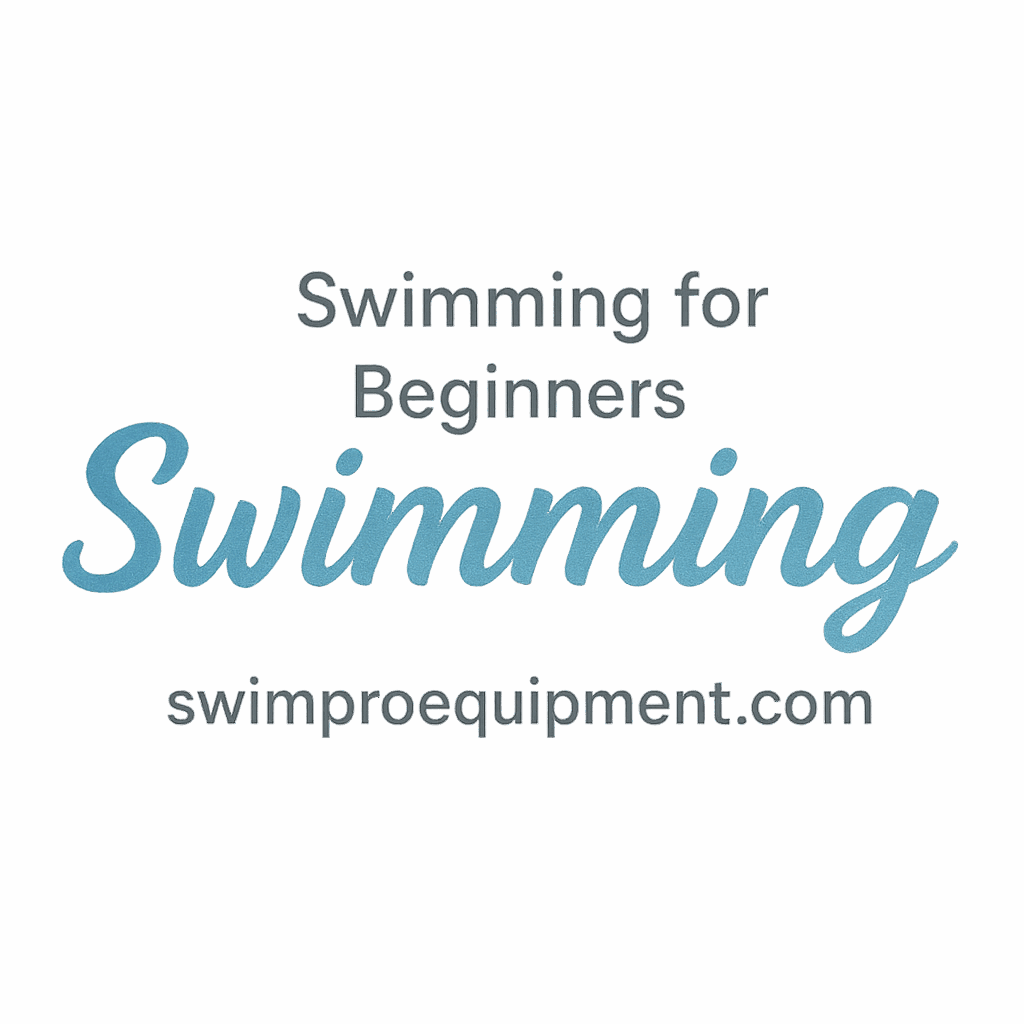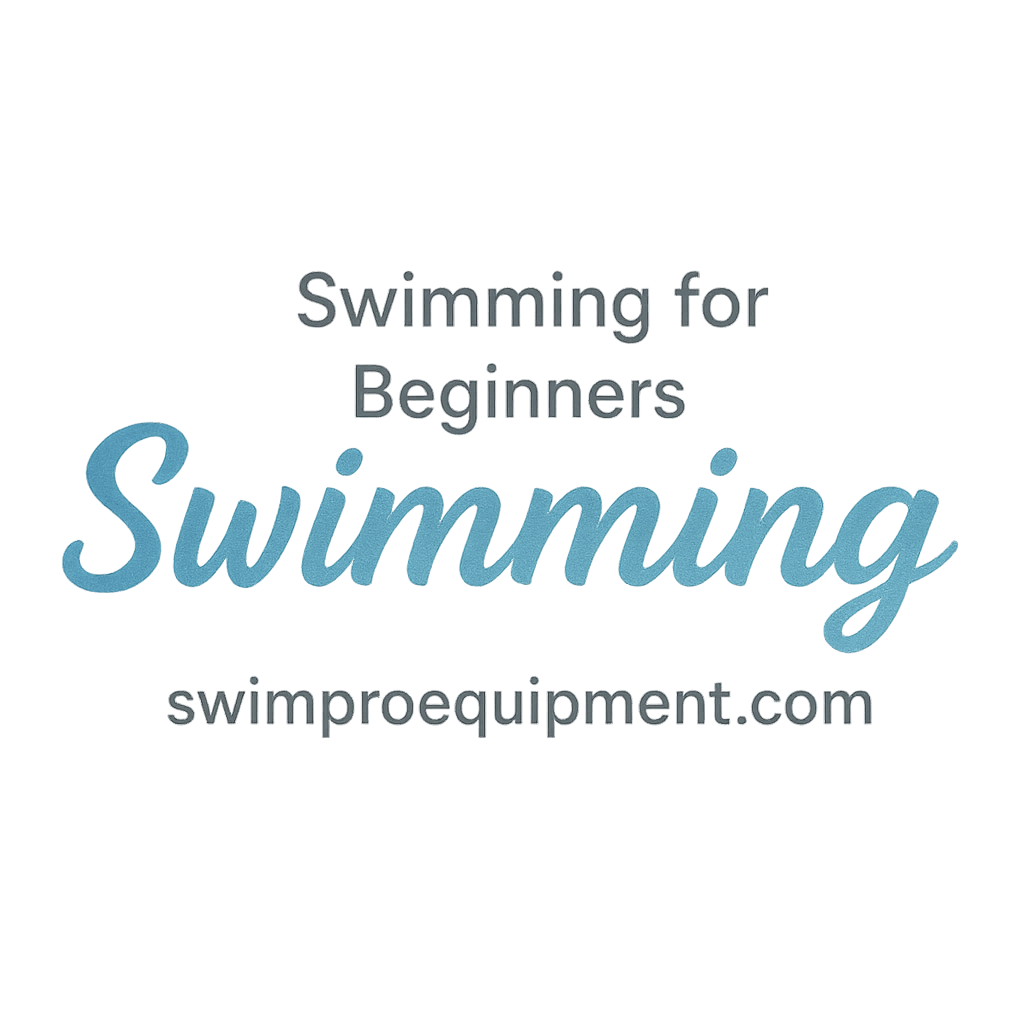Introduction
So, you’ve decided to dive into the world of swimming—awesome choice! 🏊 It’s one of the most rewarding full-body workouts you can do. But like every beginner in the pool, you’re bound to make a few splashes—sometimes literally and figuratively.
While mistakes are part of learning, knowing the 5 common swimming mistakes beginners make can save you from developing bad habits early. Not only will this guide keep your technique sharp, but it’ll also boost your confidence, help prevent injuries, and keep your progress flowing smoothly.
Whether you’re brand new or just starting to dip your toes into swim training, let’s break down the most common pitfalls—and more importantly, how to avoid them.
Mistake #1: Poor Body Position
Why Body Position Matters
Your body position in the water is everything. A poor posture creates drag, making you feel like you’re swimming uphill. Think of it like trying to cycle with your brakes on—exhausting, right?
Common Errors and Fixes
Many beginners let their hips sink or their head ride too high. This causes the legs to drop, making swimming far less efficient.
How to Improve Your Alignment
Keep your body flat, with your head in a neutral position—eyes looking straight down. Engage your core, keep your legs in line, and glide like a torpedo. For more detailed guidance, check out our article on Swimming Basics & Techniques and explore our Body Position tag.
Mistake #2: Holding Your Breath
The Importance of Breathing Rhythm
This one surprises a lot of people. Holding your breath might seem natural at first, but it causes tension, panic, and fatigue. Swimming is about rhythm, and breathing is the drumbeat.
Breathing Tips for Beginners
Exhale continuously when your face is underwater, then inhale quickly when you turn your head. This keeps you relaxed and helps you swim longer.
Drills to Practice Breathing
Try side-kick drills or single-arm freestyle with focus on breathing. You’ll find a variety of breathing tips in our Training Workouts for Beginners section.
Need a boost? Read how Motivation & Progress for Swim Learners can make breathing practice more consistent and enjoyable.
Mistake #3: Inefficient Kick Technique
Why Kicking Matters in Swimming
Your legs act like rudders and engines at the same time. Without proper kick technique, you’re wasting energy and losing speed.
Kick Mistakes and How to Fix Them
The most common mistake? Kicking from the knees. This creates drag and doesn’t propel you efficiently. Instead, focus on kicking from your hips with relaxed ankles.
Flutter Kick Drills for Power and Form
Add flutter kick sets using a kickboard or try vertical kicking in deep water. Both build endurance and improve form. Explore more Technique and Training tips on our blog.

Mistake #4: Overreliance on Swimming Gear
The Balance Between Gear and Technique
Swim gear like fins and paddles are helpful—but they shouldn’t replace good form. It’s easy to get caught up in fancy tools and forget the basics.
What Beginners Should Focus On
Focus on mastering form and breathing first before adding equipment. If you do use gear, know why you’re using it.
Must-Have Gear for Beginners
Stick to essentials: goggles, swim cap, and a basic kickboard. Visit our Swimming Gear & Equipment section for beginner-friendly recommendations. You can also explore gear topics on our Equipment and Essentials tags.
Mistake #5: Skipping Warm-Ups and Cooldowns
Why Warm-Ups and Cooldowns Are Crucial
Jumping straight into intense laps without warming up? Big no-no. Warm-ups prepare your muscles and mind. Cooldowns help with recovery and prevent soreness.
Injury Prevention and Performance
Skipping these routines increases your risk of strains and overuse injuries. Visit our guide on Swimming Safety & Health and dive deeper into Injury Prevention tips.
Use our Warm-Up tag for routines tailored for beginners.
How to Track and Measure Your Progress
Using Tools and Apps to Improve
Many apps help you log lap times, strokes, and drills. You can even use smartwatches or pool sensors to track distance, pace, and stroke efficiency.
Motivation Through Measurable Growth
Tracking progress keeps you motivated. Nothing beats seeing your stroke count drop or your lap time improve. Explore the Progress and Tracking tags to stay accountable and inspired.
Conclusion
Swimming is a journey, not a race. Every splash, stroke, and breath brings you closer to becoming a confident swimmer. By recognizing these 5 common swimming mistakes beginners make, you’re setting yourself up for faster progress and fewer frustrations.
So, keep your body aligned, breathe like a pro, kick from the hips, gear up smartly, and never skip your warm-up. Trust the process, and you’ll be gliding through water in no time.
And hey—if you ever feel stuck, we’ve got your back at Swim Pro Equipment, with everything from motivation to gear reviews and training drills. Happy swimming! 🌊
FAQs
1. What is the best way to fix bad swimming habits early?
Start with structured workouts and beginner-friendly drills. Focus on one skill at a time and check out the Training Workouts for Beginners section for help.
2. How can I tell if my body position is correct?
You should feel like you’re gliding, not dragging. Use a mirror on the pool floor or record yourself for feedback. Check out the Body Position tag for technique help.
3. Is it okay to use swim fins as a beginner?
Yes, but sparingly. Fins help with ankle flexibility and kick strength, but don’t rely on them too much. Explore the Equipment tag for more on this.
4. How often should I practice swimming each week?
Start with 2–3 sessions per week and build consistency. Mix in technique work, drills, and some endurance sets.
5. Can swimming help with overall health?
Absolutely! It improves cardiovascular health, builds strength, and is easy on the joints. Explore our Health and Swimming Safety & Health pages for more.
6. What swimming gear is essential for beginners?
Start with goggles, swim cap, and a kickboard. See the Essentials tag for a full gear list.
7. How can I stay motivated to keep learning?
Track your progress, set small goals, and join swim groups. Read our guide on Motivation & Progress for Swim Learners for inspiration.


